Audubon’s Legacy of Birds and Tomfoolery
For someone who has anger issues, entering the Audubon’s The Birds of America exhibition was like entering a whole new world. Upon the entry, I saw giant screens showing details from Audubon’s work and I could hear quiet bird noises in the background. It was an incredibly calming experience, as much as one can consider stuffed birds and plates depicting birds massacring another bird calming. Naturally, this wasn’t the centre of the exhibition – it truly celebrated the skill and the creativity of the bird illustrator with a passion for nature.
The exhibition is running in the National Scottish Museum in Edinburgh from the 12th of February to the 8th of May of this year. It displays over 40 plates, each measuring almost one metre in height. Most of them have never actually been shown to the public before. It is split into 4 sections, each of them with its own theme – the first one, ‘Meet the Birds of America’ introduces the ‘world’s most expensive book’ and Audubon, in general.
John James Audubon was a 19th-century ornithologist and naturalist. He made a point of studying and cataloguing the birds he encountered in their natural habitats. A son of a sugarcane plantation owner and a chambermaid, he must have had a conflicted childhood. Audubon moved to the US to avoid participation in the Napoleonic Wars – and focused on birds instead.
The second section of the exhibition titled ‘An Art and a Science’ examines the influence of other illustrators on Audubon as well as the scientific, or sometimes quasi-scientific context. With the Industrial Revolution clashing with the Romantic movement, the transcendental search for nature was at its peak. The illustrations at the time were generally quite dull due to drawing from taxidermy and lifeless study skins.
Audubon, however, made a point of painting directly from wildlife, by personally hunting the birds and sometimes getting others to hunt for him. He would then paint the birds he gathered by pinning them into lifelike poses observed in the wild. This resulted in his art being vivid and life-like. He didn’t want to paint the taxidermied birds as he felt this would take away their lively spark from them. He was known for sometimes romanticising the birds he saw in the wild, for example when painting the Mocking Bird, in which a rattlesnake attacks birds in a bush, where it would be impossible for a rattlesnake to do so. Audubon would also sometimes add more human behaviours to the birds to allow the audience to relate to the birds. He was sometimes accused of not exactly presenting the truth.
The third part of the exhibition called ‘Audubon in Edinburgh’ explores the role of Scottish intelligentsia in ensuring that Audubon was embraced by the art society, after his rejection by the scientific community in Philadelphia. He befriended William Home Lizars and started engraving. Edinburgh was central to Audubon’s beginnings as a bird illustrator, making it extremely relatable to the Scottish audience, and it became somewhat a privilege to live in the same city where Audubon once found inspiration and was embraced by the art world.
The fourth section called ‘The Great Work: The Making of a Masterpiece’ deals with technical and artistic achievements. There are short films available for those whose attention span is longer than mine. However, this section also shows the bound edition of Birds of America which is extremely large (100 x 130 cm when open). Audubon insisted that the illustrations would show the birds life-size. Only two paper mills in the UK were capable of printing these, as he used a double elephant folio which is 96 x 66 cm. For those who are capable to rotate shapes in their head, this number will probably mean a lot.
The fifth section ‘Naturalist or Showman’ focuses on his contribution to discovering new species. Audubon identified 25 new species. This part of the exhibition explores some of the ‘controversies’, for example, Audubon was known for his strong belief in phrenology, the science which is now deemed ‘pseudoscience’ by some. Phrenology suggests that one can find details about someone’s personality from their skull shape. Seeing what kind of person he was, he probably used phrenology to mock his rivals. He was often accused of plagiarism and scientific fraud due to misidentifying some species and fabricating scientific data. Sometimes he invented new species to impress people who might then buy his work. Reportedly, he even stole the specimen of Harris’s hawk from his subscriber to then pretend he never knew him. He also lied in his own autobiography.
The sixth and final section of the exhibition ‘Birds of the World’ considers the impact of the modern era on the preservation and extinction of many birds. Some, such as the Carolina parakeet is entirely extinct – they used to always flock in large groups which made it easier for the hunters to kill them. They’ve also been considered a pest by farmers, which contributed to their demise. The exhibition ends on a thoughtful note, advising us to consider the repercussions of human behaviour on the natural world.
This prompted many conversations, such as the possibility to clone the extinct animals using their DNA tissue, however, so far, this was only tried with Pyrenean Ibex in 2003, but this one died not long after from lung defects. It might be a way forward in the future though.
The exhibition was a visual feast for the eyes and the birds are engraved and painted beautifully. The sheer skill of Audubon’s art is undeniable, and it trumps any accusations he received. He may not have been rigidly adhering to the scientific advice, but he created something that’s still worth looking at. Audubon inspired George Bird Grinnell to create the National Audubon Society in 1905 (although the idea goes back as far as 1895 when the first Audubon Society was created). The organisation protects the birds and their habitats in the Americas. If you like birds, you can donate here.
Audubon’s exhibition included a wealth of important items, including some study skins of birds and many taxidermized birds as well as his diaries, plates, and his hunting double-barrelled rifle. The exhibition is beautiful, thoughtful and certainly fascinating. For anyone who craves the return to transcendentalism and ancient values – it’s a feast for their eyes. If you fancy a trip to Edinburgh before the end of the exhibition on the 8th of May – make a point of stopping by at the National Scottish Museum to look at some birds, I strongly recommend it.
Quote: The exhibition was a visual feast for the eyes and the birds are engraved and painted beautifully. The sheer skill of Audubon’s art is undeniable, and it trumps any accusations he received.

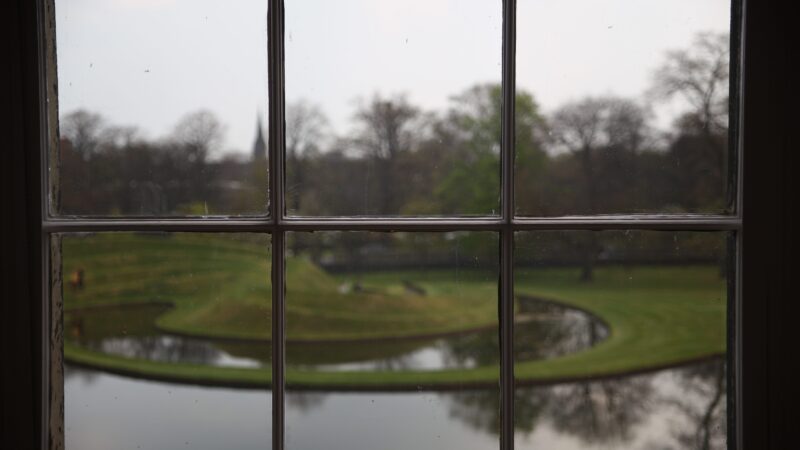
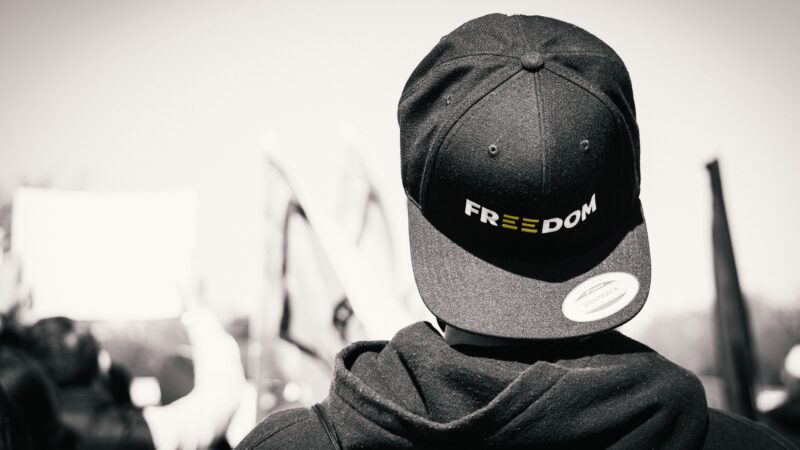

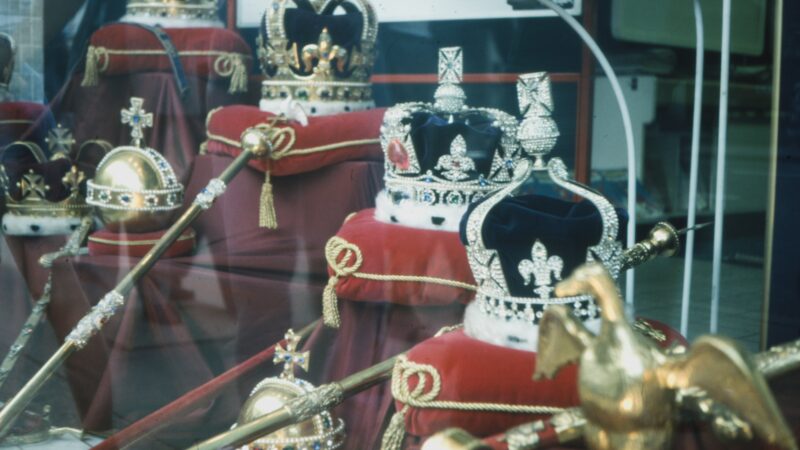


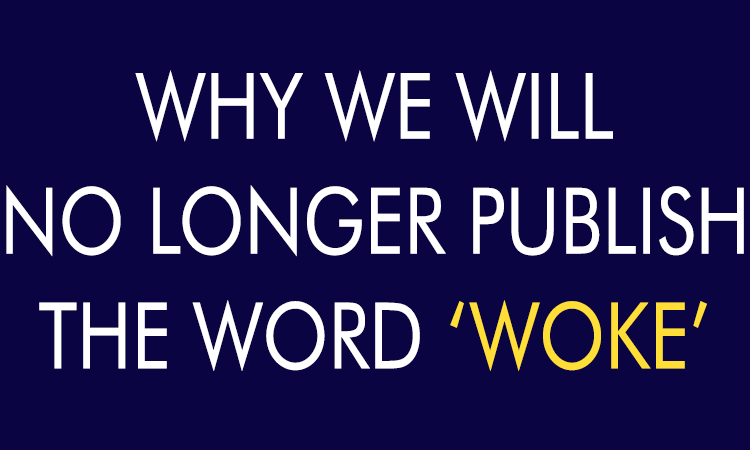
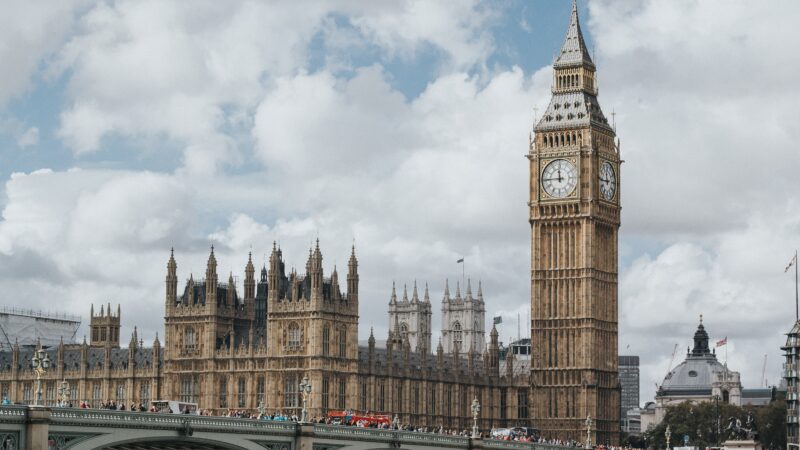

The Monarchy is Losing its Core Supporters
The Platinum Jubilee approaches, yet Peter Hitchens writes that, “I have just stopped supporting the monarchy. I can’t do it any more. I am not a republican, or anything silly like that. I would like a proper monarchy. But the House of Windsor’s total mass conversion to Green orthodoxy has destroyed the case for this particular Royal Family. The whole point of the Crown is that it does not take sides in politics.” Quite apart from what other political opinions he could possibly have expected West London toffs to hold, the political neutrality of the monarchy is like the impartiality of the BBC. When, exactly, has there ever been any such thing?
The monarchy retains the loyalty of many on the right, but it is a mystery how this is so. Either the Queen or her equally revered father has signed off on every nationalisation, every aspect of the Welfare State, every retreat from Empire, every loosening of Commonwealth ties, every social liberalisation, every constitutional change, and every EU treaty. If they could not have done otherwise, then why bother having a monarchy? What is it for? Many supported public ownership and the Welfare State, decolonisation, social liberalisation and constitutional change a cause for joy, but many more found these things cause for horror. Public opinion on the changes over which the monarchy has presided over the last century is besides the point, however. The point is that the monarchy has failed at its own avowed mission.
Is it not the job of a monarch, if not to acquire territory and subjects, then at least to hold onto them? If so, then George VI was by far the worst ever British monarch, and quite possibly the worst monarch that the world has ever seen. Furthermore, is it not the job of the British monarch to maintain Protestant society and culture in the United Kingdom? If so, then no predecessor has ever begun to approach the abject failure of Elizabeth II, a failure so complete that no successor will ever be able to equal it.
For all her undoubted personal piety, the cult of the present Queen among Evangelical Protestants and among those who cleave to a more-or-less 1950s vision of Anglicanism, Presbyterianism or Methodism, is utterly baffling. What has either the monarchy or the Queen ever done for them? During the present reign, Britain has become one of the world’s most secular countries ever, and the White British have become one of history’s most secular ethnic groups – a trend that has been even more marked among those with Protestant backgrounds than it has been among Catholics.
This has implications for the Windrush debate, and with eight Commonwealth Realms in or on the Caribbean, a fat lot of good being the Queen’s loyal subject has done anyone there. Barbados, proportionately the most Anglican country in the world, has just become a republic. It also has implications for aspects of the debate around Brexit. If you wanted to preserve and restore a Christian culture in this country, then one idea could be to welcome immigrants from Christian countries.
On balance, it would not be wise to abolish the monarchy. We would no more likely get President Hitchens than President Corbyn. It would be a choice between the next Bullingdon Club member in line and someone who had casually given a trifling £50,000 to the most recently successful candidate for the Leadership of the Labour Party. No one else would even make it onto the ballot paper, and it would not be acceptable to have either as Head of State. Nor would it make sense to abolish the Royal Prerogative, either. Rather, it should be exercised by a Prime Minister who aspires to strengthen families and communities through economic equality and international peace.
But the monarchy, and with it the exercise of the Royal Prerogative by persons who most certainly did not share those aspirations, does not depend on the support of the public. It depends on the support of people who, as long as the monarchy and especially the present Queen were simply there, are prepared to overlook the fact that hardly anything that they really want ever happens while all sorts of things that they do not want continue to happen, no matter who is in government.
Add to that the fact that the Order of the Garter is entirely in the gift of the monarch. There is no Ministerial involvement. The Queen alone has chosen to confer it on Tony Blair – an almost unforgivable betrayal. Moreover, whatever Prince Andrew may or may not have done, he undeniably chose to move in the circles of Jeffrey Epstein, of Robert Maxwell’s daughter, of Peter Mandelson, and of the Clintons. It is the Anglo-American liberal elite, certain sections of the Labour and Democratic Parties that are the Royal Family’s sort of people, even if they don’t align with left wing politics publicly. Culturally, no one is more Tory than a liberal Tory; politically no one is more liberal. The people on whose support the monarchy has traditionally depended have chosen to ignore the fact that that was what their heroes must have been, and openly were. But if Hitchens’s column and the reaction to Blair’s Garter are anything to go by, then that is coming to a sore end.
Picture Credit